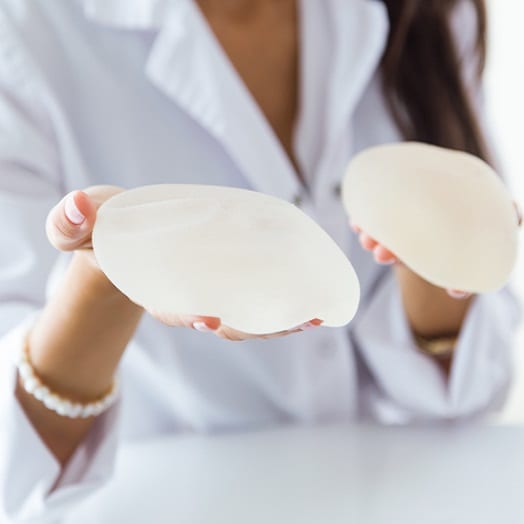
Subcutaneous Breast Reconstruction – Are We Returning to Where We Started?
The original technique for breast reconstruction, as described by one of my mentors (Randall H. Guthrie, MD), involved the creation of a pre-pectoral pocket. In other words, after the mastectomy and during the reconstruction, the breast implant was placed in the space above the muscle and below the skin.
Many surgeons, however, were uncomfortable with the subcutaneous or pre-pectoral pocket as they felt that better coverage (i.e., skin plus muscle as opposed to skin only) was needed to prevent complications (e.g., wound dehiscence, skin necrosis, etc.). Dr. Guthrie argued that the placement of the implant under the muscle would not only interfere with normal pectoralis function, but would also fail to be as good an aesthetic match to the contralateral breast. Nevertheless, the subcutaneous, or pre-pectoral reconstruction as it is now known, soon fell out of favor as surgeons turned to submuscular pockets and myocutaneous flaps (TRAM flaps, free gluteal flaps, etc.).
The pendulum seems to be coming back to where we started. In this month’s issue of our main plastic surgery journal, there is an informative article entitled An Algorithmic Approach to Prepectoral Direct-to-Implant Breast Reconstruction, Plastic and Reconstructive Surgery: May 2019, Vol 143, 1311-19. The authors, Drs. Antony and Robinson describe their technique and results with implant-based reconstruction of the breast in the subcutaneous or pre-pectoral space. The reported complications in this group of 75 patients compared favorably to patients undergoing submuscular reconstruction. Furthermore, the author’s technique had the advantage of the elimination of animation distortion and the potential for decreased pain and enhanced recovery. Frequently, patients undergoing the technique of reconstruction as originally described by Guthrie would have rippling or other implant related cosmetic deformities. The current technique is different in that the implant is covered with an acellular dermal matrix. This covering helps to mask these implant related deformities and to keep the implant in the proper position.
Thus, with slight modification and the introduction of acellular dermal matrix, surgeons seem to be justifiably considering returning back to a technique originally described almost 40 years ago!
